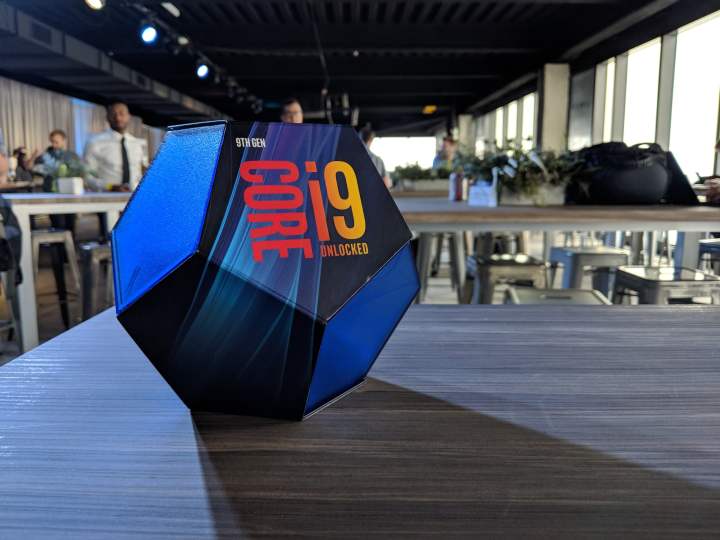
Forward compatibility on motherboards that support Intel CPUs could end with its latest ninth-generation chips, as a listing in an Intel chipset driver suggests that a new socket will be required for its 10th-generation, Comet Lake-S chips. Those 14nm CPUs are expected to debut in 2020, but thanks to their increase in top-tier core count to 10, they’ll need extra power, and that means a new socket and a new motherboard to house it.
One of the hallmarks of recent generations of motherboards from both Intel and AMD has been multi-generational CPU support. AMD 300-series motherboards, released alongside its first-generation Ryzen processors, support the second and in some cases the third-generation Ryzen CPUs as well. They may even support the fourth. Intel’s 300-series motherboards, released alongside its eighth-generation Coffee Lake CPUs, also support the ninth-generation Coffee Lake-S chips. But that’s where the forward compatibility ends.
Intel’s 10th-generation fans will need to move to a 400-series motherboard to enjoy support for the new chips, according to a driver that WCCFTech dug into. Its sources claim that the new socket will have more pins and so it represents more than just an alteration of the current LGA 1151 socket. That should enable it to draw the additional power it needs for the 10 cores on the high-end Comet Lake-S chips.
Considering that Intel seems to be on a path to giving its chipsets and motherboards a two-generation lifespan, WCCFTech suggests that the new 400 and 495-series motherboards will support both Comet Lake-S, and potentially what comes next. Based on a leaked roadmap that appeared in April, that should be Rocket Lake-S. It’s reportedly another 14nm chip line, but will be based on the Sunny Cove Architecture currently being used in Intel’s first-generation Ice Lake mobile CPUs.
But Comet Lake-S will come first and is expected to make its debut on desktops in the first few months of 2020. We aren’t expecting huge performance gains since it’s still a 14nm part, but alongside additional cores we would like to see some slightly bumped clock speeds, too. Perhaps that will mean greater than 5GHz frequencies at the top end.
They’re likely to be called the 10th-generation of CPUs, so expect chips to include the 10400, 10600K, and 10700K.


